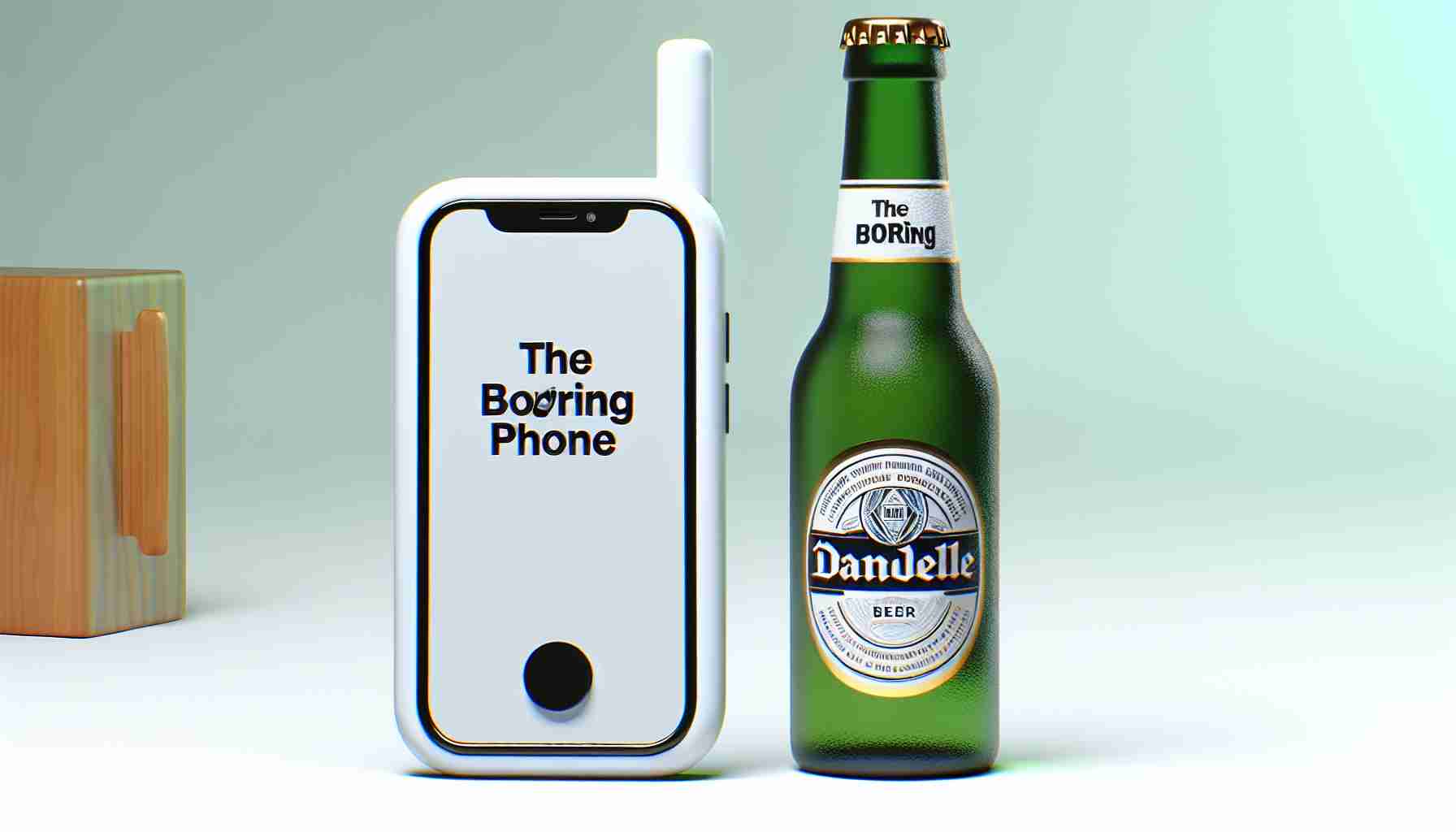In a world dominated by smartphones, Heineken and Bodega are taking a stand by launching an initiative that embraces minimalism in technology. “The Boring Phone,” designed with essential functionalities, aligns with the growing trend of individuals, particularly the youth, aiming to disconnect and be more present during social interactions.
Fostering Authentic Connections Through a Modest Device
“The Boring Phone” resurrects the ethos of the classic flip phone. Its features are deliberately sparse, including a modest 0.3-megapixel camera and an FM radio—harkening back to a time when a phone was merely a tool for communication. The battery is touted to last a week, marking a substantial departure from the frequent charging needs of contemporary smartphones. Additionally, the inclusion of a nostalgic snake game is a tongue-in-cheek nod to simpler pastimes.
The Rationale Behind Dialing Back Technological Complexity
As part of their mission, Heineken and Bodega serve up a mobile application that replicates the phone’s pared-down experience, promoting digital wellbeing. The emphasis is on catalyzing a shift towards intentional technology usage, ensuring devices enhance human interactions rather than detract from them.
Changing consumer habits pose a challenge, as many fear missing out on important updates or struggle with how integral smartphones are to modern existence. This product positions itself not just as a tool, but as a statement on the need for balance in our digital consumption.
Pros and Cons of Embracing The Boring Phone
While the “Boring Phone” advocates for mental wellness and encourages focus on the real world, its basic nature might not be suitable for all users. Critics argue the need for smartphones in multitasking and emergency situations where advanced features like GPS are crucial.
For those interested in striking a healthy balance in technology use, resources from organizations like the World Health Organization or Psychology Today are recommended. Engaging with expert perspectives can aid in fostering more mindful and controlled tech habits.
Important Questions and Answers:
1. What are the main features of “The Boring Phone”?
The phone features a modest 0.3-megapixel camera, an FM radio, long battery life, and a simplistic design aimed at reducing digital distractions. It also includes a nostalgic snake game.
2. Why did Heineken and Bodega partner to create this phone?
They created this phone to promote digital wellbeing and to encourage people to engage in authentic social interactions without the distractions of a typical smartphone.
Key Challenges and Controversies:
The challenge lies in convincing consumers to adopt a device with limited functionalities when they are accustomed to the myriad features of modern smartphones. Some may see it as a step backward and resist changing their habits due to the fear of missing out or the perceived necessity of a smartphone’s features in their daily lives.
Controversy might stem from the view that Heineken, a beer company, is stepping into an unrelated market, which could be seen as either an innovative move or a marketing gimmick.
Advantages and Disadvantages:
Advantages:
– The simplicity of “The Boring Phone” could help reduce digital distraction and encourage real-life interactions.
– Its long battery life is appealing to those tired of frequent charging.
– It may contribute to better mental wellness by encouraging a more mindful approach to technology use.
Disadvantages:
– It lacks the advanced functionalities that many people rely on, such as internet access, GPS, and high-quality cameras.
– It might not be practical for those who need more complex functions for work or personal use.
– The shift from a smartphone to a simpler device may be challenging for some users, potentially causing inconvenience.
For those seeking to explore more about the topic of digital wellbeing, visit the World Health Organization for resources on health implications of technology or Psychology Today for insights on the psychological effects of digital use.
The source of the article is from the blog kunsthuisoaleer.nl
